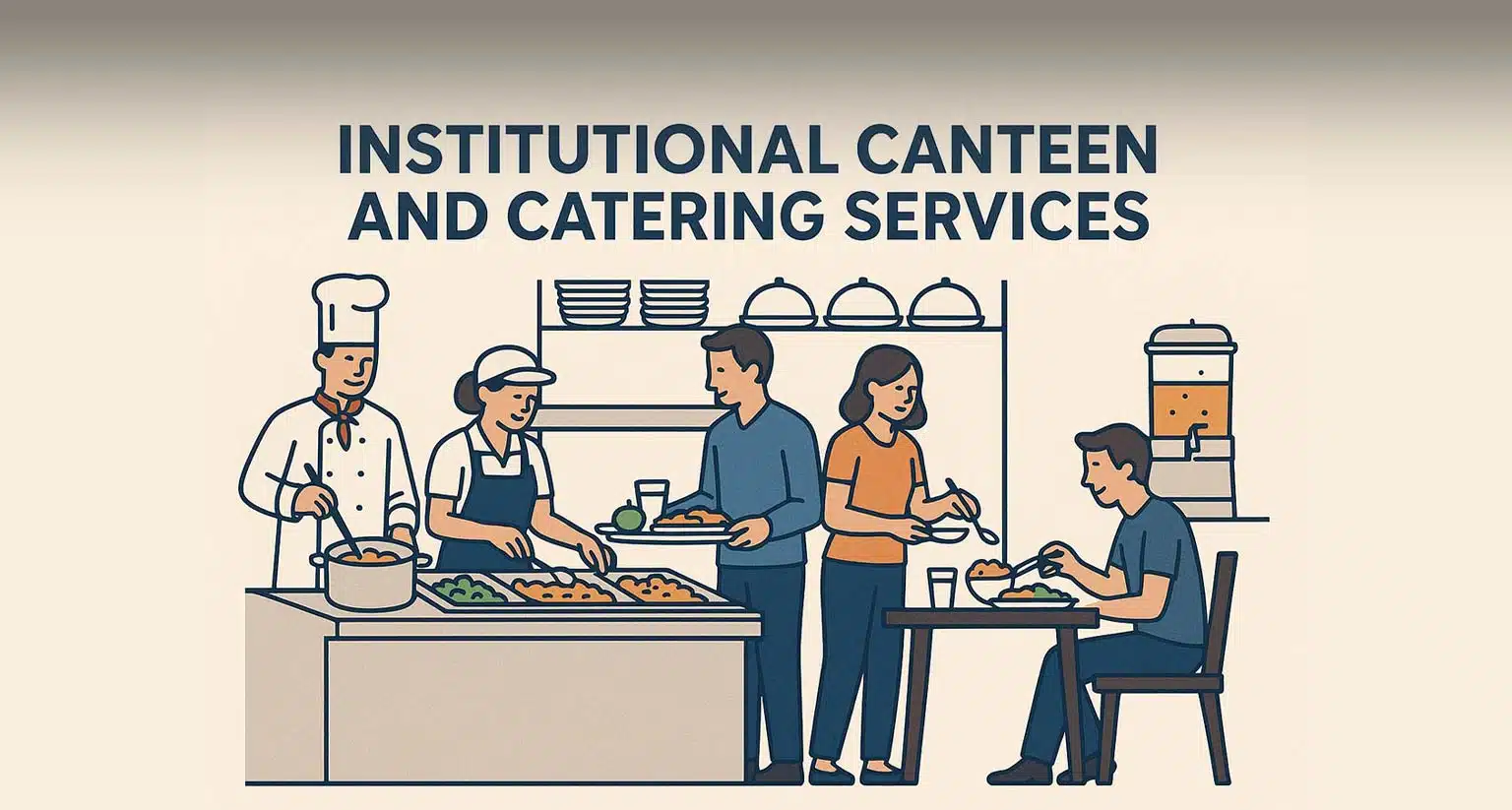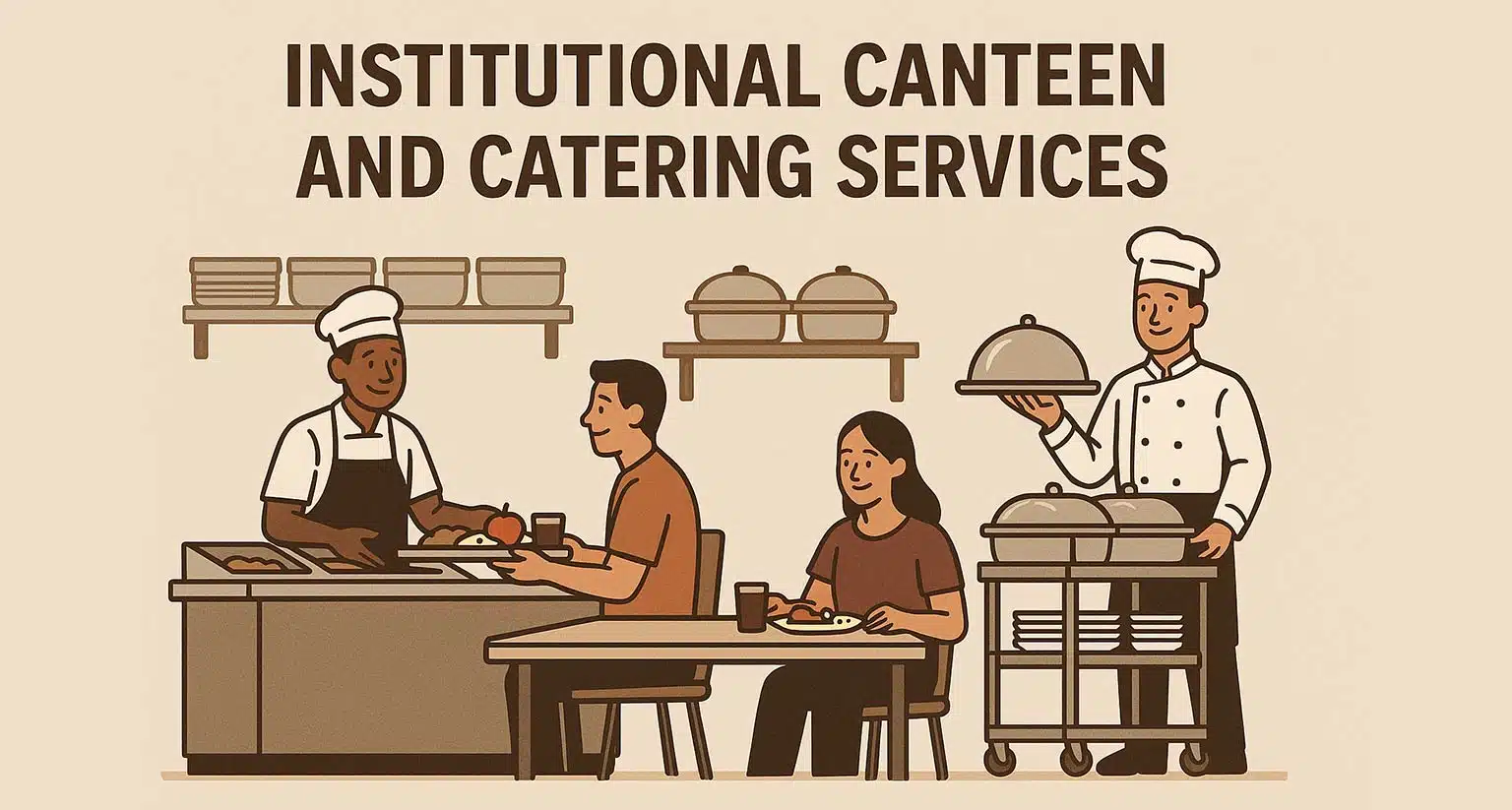It’s 1:30 PM. You’re trying to focus on a mountain of work, and there’s a knock on your door. It’s an employee, or maybe a student, with that all-too-familiar look on their face.
“About the lunch today…”
You brace yourself. Is it the repetitive menu? The quality? The lack of healthy options?
Let’s be honest. Managing an in-house canteen for your office, factory, school, or hospital is a massive, thankless job. It’s a constant juggle of hiring cooks, managing supplies, worrying about hygiene, and trying to keep everyone happy. And most of the time, it feels like a losing battle.
You didn’t get into your line of work to become a food critic or a kitchen manager. But here you are, spending precious time and energy on something that feels like a constant source of complaints. It’s exhausting. But what if there was a better way?
That “Okay” Canteen is Costing You More Than You Think
We often think of a canteen as just a place to get a quick, cheap meal. But the truth is, the quality of that food has a huge ripple effect that touches every part of your institution.
A “meh” canteen isn’t just about “meh” food.
- It drains morale. Food is emotional. A good meal can turn a stressful day around. A bad one just adds to the stress and makes people feel undervalued.
- It kills productivity. After a heavy, greasy, or just plain unsatisfying lunch, people feel sluggish and unfocused. That afternoon slump becomes a whole-afternoon coma.
- It creates longer breaks. If the food on-site is bad, where do your people go? Outside. They take longer breaks, spend more money, and are more likely to come back late.
- It’s a huge distraction for you. Every minute you spend dealing with a canteen complaint is a minute you’re not spending on your actual job—the one you’re passionate about.
A canteen isn’t just a cost center. It’s an investment in your people. And right now, your investment might not be paying off.
What Happens When You Let the Pros Handle the Food?
Handing over the keys to your canteen can feel like a big step. But it’s not about losing control. It’s about gaining peace of mind and bringing in experts whose only job is to make amazing food.
Think about it. A professional institutional catering service isn’t just a bunch of cooks. They are food people, through and through. This is what they love. This is their world.
They handle everything:
- Menu Planning: Creating diverse, exciting menus that change regularly (goodbye, boring food!).
- Sourcing Ingredients: Getting fresh, high-quality produce, often at better prices.
- Hygiene and Safety: They are obsessed with cleanliness and are up-to-date on all FSSAI regulations.
- Managing Staff: They hire, train, and manage the entire kitchen team.
- Feedback: They actually want feedback and use it to make things better.
Suddenly, all those headaches are just… gone. And in their place, you get something wonderful.
How to Spot a Great Catering Partner (It’s Not Just About the Samosas)
So, you’re thinking about making the switch. What should you look for? It’s simpler than you think.
- They Listen. When you first talk to them, do they just give you a sales pitch? Or do they ask questions? A great partner wants to understand your people. What do they like? Are there lots of health-conscious folks? Do you need options for different dietary needs? They should want to be a part of your team, not just a supplier.
- The Food is Actually Good. This seems obvious, but ask for a tasting! A good caterer will be proud to show off their food. Is it fresh? Does it taste like it was made with care? Do they offer a good mix of healthy, comforting, and exciting dishes?
- You Could Eat Off Their Kitchen Floors. (Metaphorically, of course!). Ask them about their hygiene standards. How do they train their staff? A professional service will be happy to talk about their commitment to safety and cleanliness. It should be their top priority.
- They Make Your Life Easier. The whole point of outsourcing is to reduce your stress. A good partner will be reliable, professional, and easy to communicate with. They should feel like a solution, not another problem to manage.
Imagine This for a Second…
It’s lunchtime next month. The canteen is buzzing. People are laughing and chatting. The air smells of fresh spices, not stale oil. Someone stops you in the hallway, but this time it’s to say, “The lunch today was incredible!”
Your team feels cared for. They’re energized for the afternoon. And you? You haven’t thought about the canteen once all day. You’ve been busy doing what you do best.
That’s not a fantasy. That’s the power of good food. It turns a simple lunch break into a moment of connection and re-energizing. It shows your people you care. And in today’s world, that matters more than ever.
If you’re still managing your canteen in-house, maybe it’s time to ask yourself: is this really the best use of my time and resources? Or could a professional partner turn one of your biggest headaches into one of your greatest assets?


